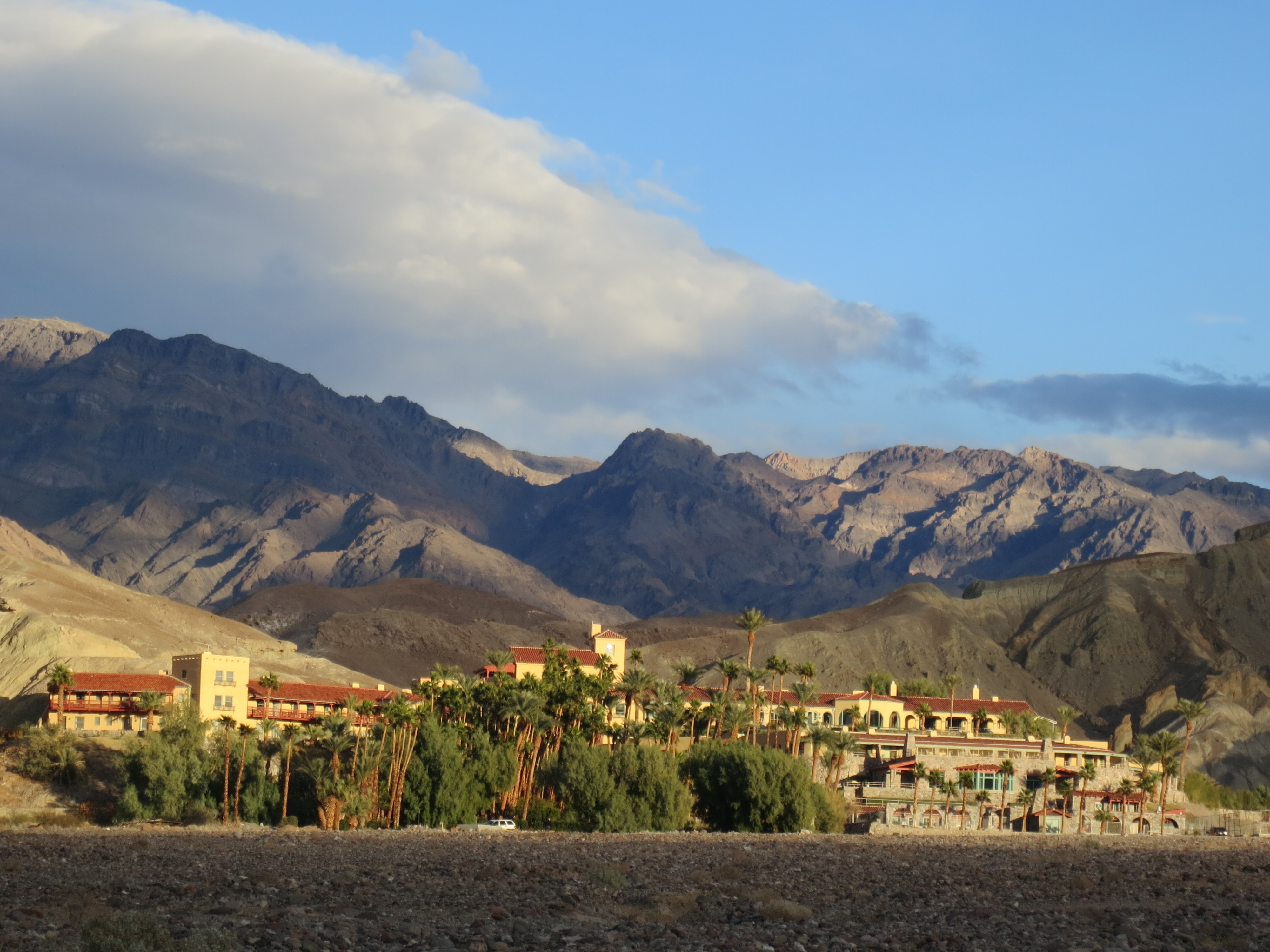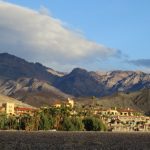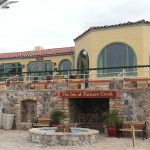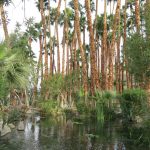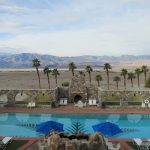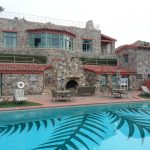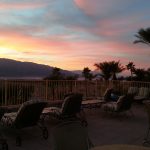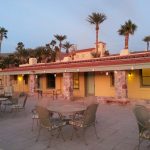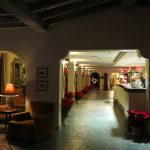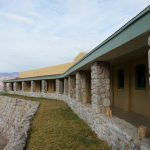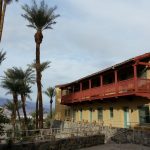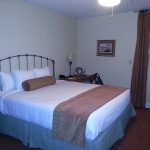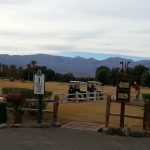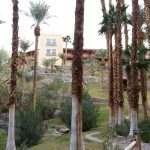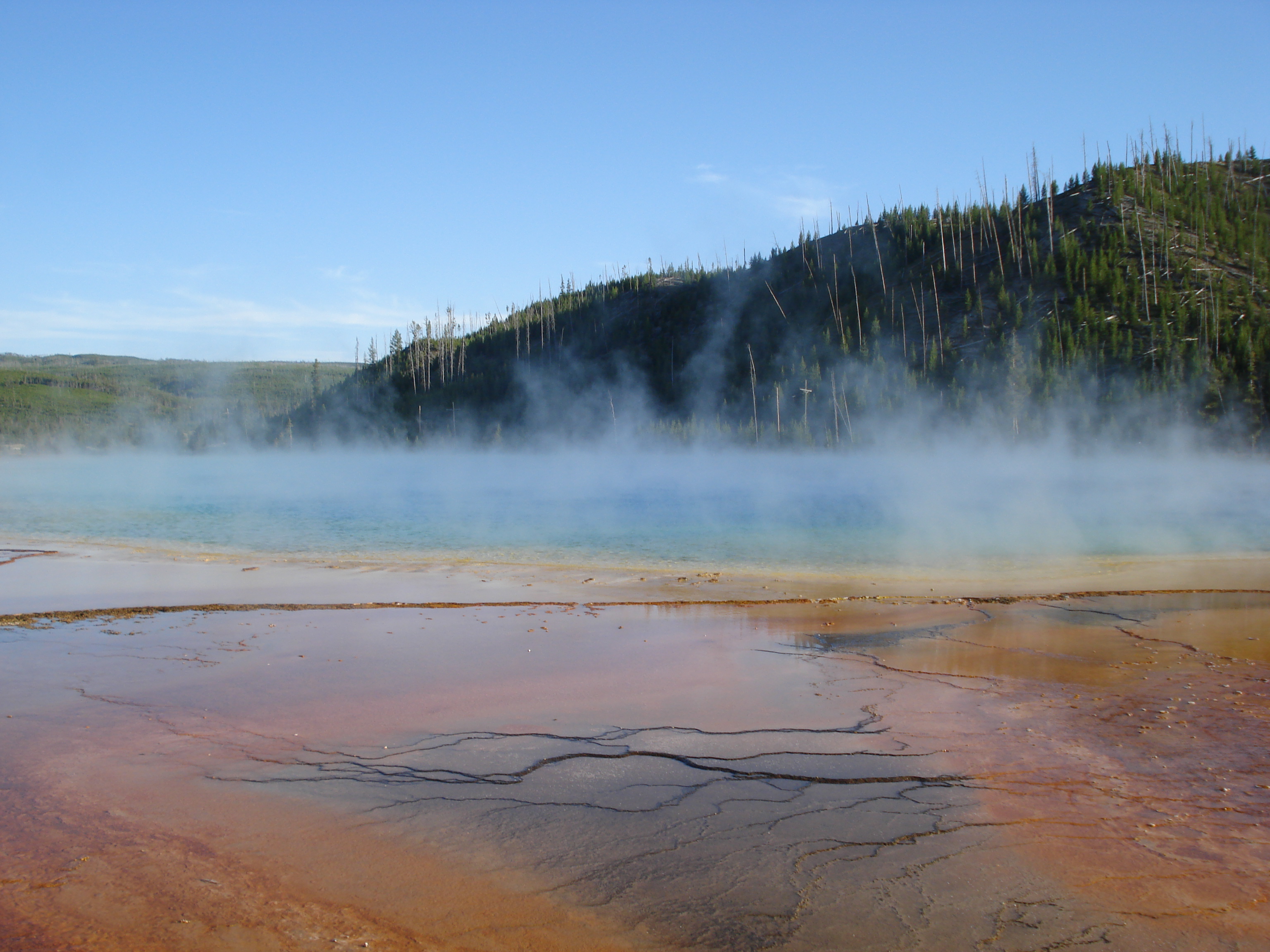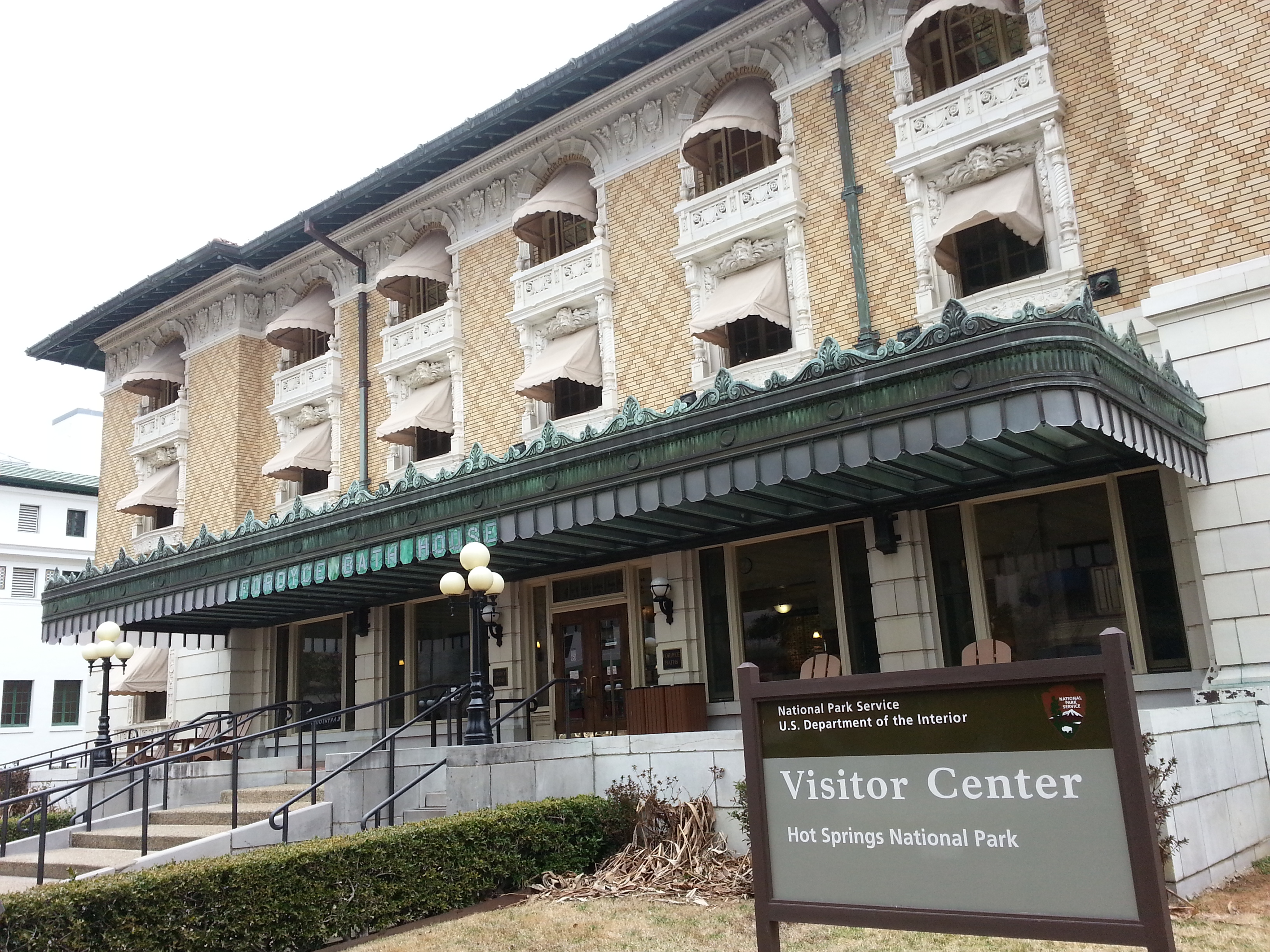
Death Valley National Park- Death Valley, CA
Vast. Desolate. Harsh. Diverse. Beautiful. All those adjectives, and more. A geologist’s dream, Death Valley is without a doubt one of the most interesting National Parks in the United States.
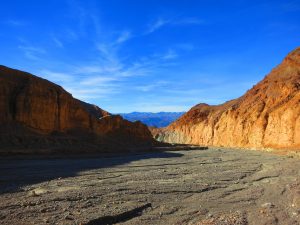
Death Valley is immense. It covers 5270 square miles to be exact, with 1000 miles of paved and dirt roads. So despite your best efforts, you will probably only scratch the park’s surface. This also means you will always have something left to explore on your next trip. And you will absolutely want to return to the hottest, driest, lowest National Park.
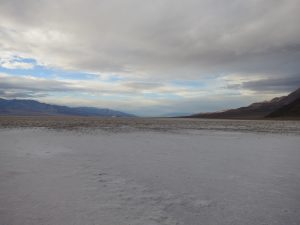
Death Valley is a place of extremes. It is extremely hot in the summer. It actually holds the record for the hottest recorded temperature on the planet at 134 degrees Fahrenheit. It is also extremely dry, receiving only about 2 inches of rain a year. At 282 feet below sea level, Badwater Basin is the lowest point in the United States. Accumulated salts form a thin crust within the basin, lending a snowy, surreal appearance to the area.
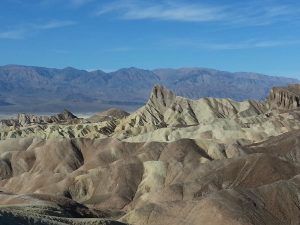
On the flipside, there are also spectacular scenic vistas. From both Zabriskie Point and Dante’s View, the park unfolds beneath you. At 5476 feet, Dante’s View affords a fabulous birds eye view of the Devil’s Golf Course, as well as surrounding mountain ranges. The drive to the top is a fun one, but probably not so much if you have a fear of heights.
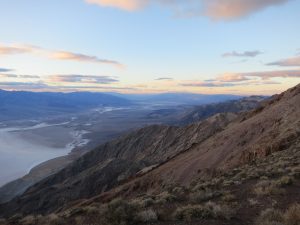
The Devil’s Golf Course, not to be confused with his Cornfield, which is a separate area of the park, is a large salt pan, with razor sharp halite salt crystal formations. Beautiful in its stark desolation, it is possible to hike out on the salt if you are surefooted, and if you have thick soles. You will do some serious damage to yourself if you fall, so don’t.
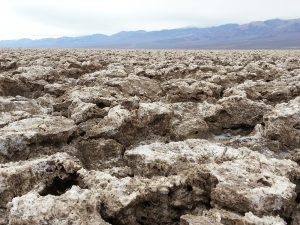
Also located in the Furnace Creek area of the park is Artist’s Palette, so named for the vibrant colors produced by the oxidation of various metals in the rocks. The colors stand in stark contrast to the neutral backdrop of the surrounding desert, and will leave you agog. Yes, agog.
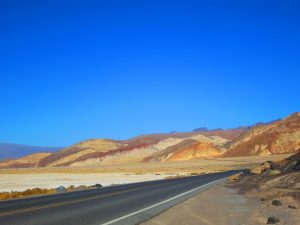
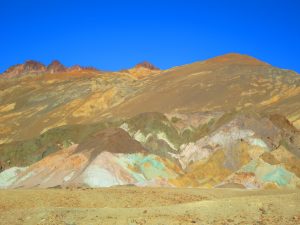
Long before Death Valley was a National Park, borate was mined in the area. Starting in 1884, the Borax company mined, and their twenty mule teams transported, the partially processed ore across Death Valley. At the site of the old plant several relics remain of this process, including a wagon, minus the mules.
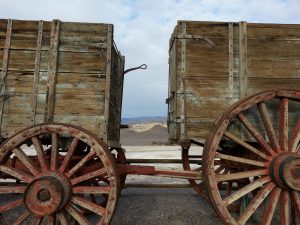
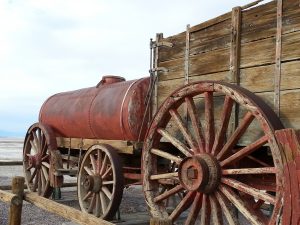
Travel towards the Stovepipe Wells area of the park, and you will see the majestic Mesquite Flat Sand Dunes rise 100 feet above the desert floor. If they seem familiar, several movies have been filmed in this location, including Star Wars. While the area immediately adjacent to the parking lot is busy, those who are willing to hike over a dune or two will be rewarded with a near silent, windswept landscape. There are however rattlesnakes, so keep an eye out. They do leave ghostly trails in the sand, so they are pretty easy to locate, and you know, avoid. It is also very popular to visit at night, when the moonlight causes the sand to practically glow.
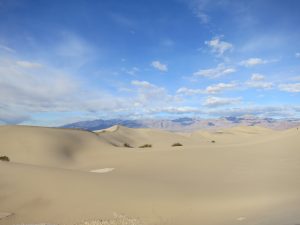
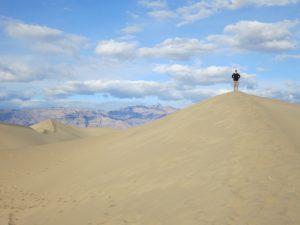
Getting a little further off the beaten path requires a 4×4, or at least a high clearance vehicle. Don’t have one? Rent one. Right in the park. Farabee’s has plenty of jeeps just waiting to explore the back roads. They even come with a GPS, should you get yourself stuck. Which I would not suggest, as your rescue will likely not be a quick one. One of the most popular dirt road destinations is The Racetrack, where the legendary rocks race. It is only about 28 miles off the paved road, but you will feel every single one of them. It also takes much longer than you would imagine, so plan at least a day for this trip.
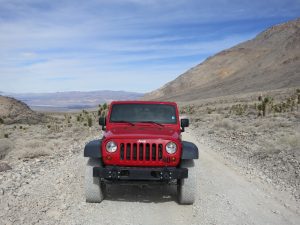
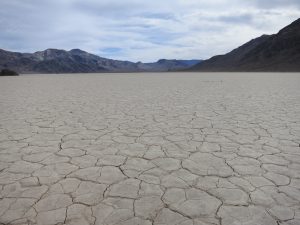
While the Grandstand is grand, and you should totally hike out to see the quartz islands that seemingly float on the dry lake bed, drive 2 more miles to be rewarded with the racing rocks. Of course you won’t see them move, but their eerie tracks show what they are up to when you are not around. While modern technology has shown the movements occur due to wind and moisture, it is still a fun thing to see.
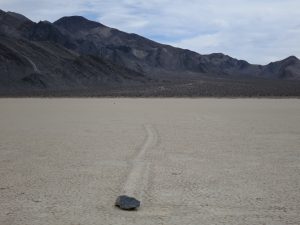
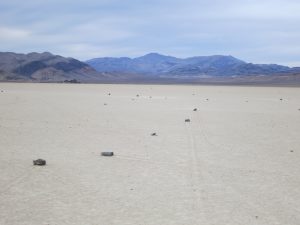
You find all manner of strange things once you get off the beaten path, so if you are so inclined, come prepared with a teapot, and join the fun.
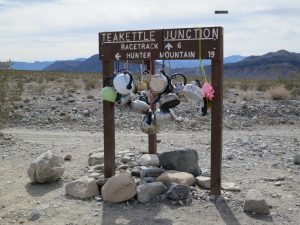
While out on that side of the park, make sure to stop at Scotty’s Castle. Actually, it flooded in late 2015, so that will have to be included in one of your future trips. But it will be worth the wait. There is a fabulous story about a would be gold prospector, a con man, detailing how a Mission Revival villa came to be built on this location in the 1920s, but I will leave that for the rangers. Beautifully designed and furnished, if you enjoy a shot of architecture with your National Park experience, you must stop here.
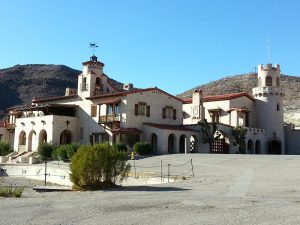
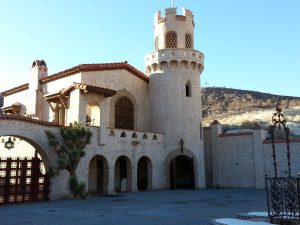
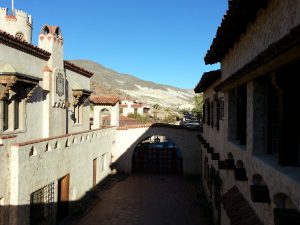
With a park this large, there is always the opportunity to get away from the crowds and explore; you are only limited by your own ability. And luckily, there will always be more for your next trip.
